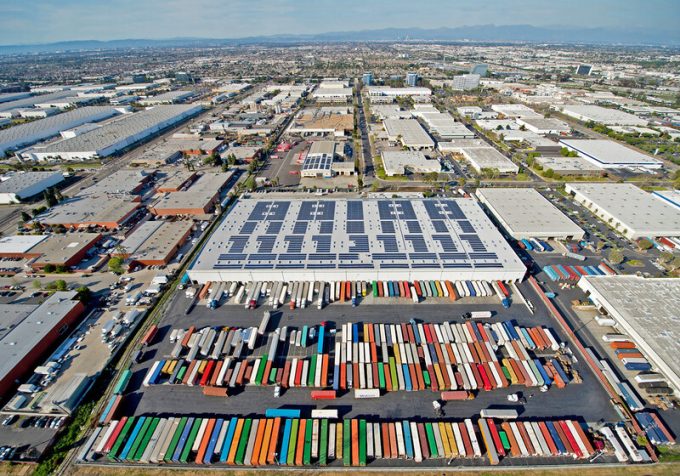Container counterfactuals: spot market vs time-charters
Spotting the time-charter correction…

US inventory levels are set to rise more than previously anticipated, driven by shippers’ change in supply chain strategy.
Warehouse capacity, already under strain, will be under further pressure as a result and is unlikely to abate until 2023, according to new predictions.
Logistics real estate giant Prologis has raised its projections of inventory levels in the US to 10%-15% above last April, when it expected them to rise 5%-10%.
This means Prologis will need to match this growth by expanding its facility ...
Volcanic disruption at Anchorage could hit transpacific airfreight operations
Macron calls for ‘suspension’ – CMA CGM's $20bn US investment in doubt
Forwarders stay cool as US 'liberation day' tariffs threaten 'global trade war'
Shippers snap up airfreight capacity to US ahead of tariff deadline
De minimis exemption on shipments from China to the US will end in May
Tighter EU import requirements proving 'a challenge' for forwarders
Looming Trump tariffs will create 'a bureaucratic monster' for Customs

Comment on this article